Reparing a Broken Operating System
My previous laptop only had hardware issues, and that's part why I had to upgrade. Nothing was wrong with its operating system—until I turned it on recently to find that something went wrong. There was suddenly no OS. Whatever may have happened, I had to fix it quickly, as there was now a need for the laptop.
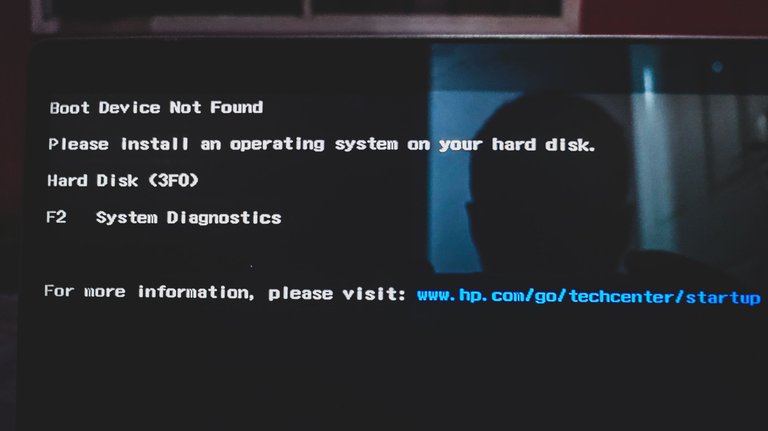
If the laptop was still running on a hard disk drive (HDD), I would have just assumed that the laptop must have been hit or something and caused it's internals to be messed up. But I had switched to a solid-state drive (SSD) a long time ago, so it didn't make sense for this type of problem to happen out of nowhere, especially when the laptop hadn't been in use for a long time.
I had two options. I could either try to repair the OS and keep my files or boot a new one and reset the entire laptop. Thankfully, I had already moved most of the files out before, so I could go with any choice. But I preferred to actually try to repair it and not risk losing anything vital.
To begin repair, I had to first figure out what the problem was and if the OS was actually repairable. I had to run a system diagnosis. Going through BIOS, I figured using GPT that the laptop may be having trouble detecting the hard disk—the SSD. But when I ran a check, it passed. The next option was to try to repair it using a boot device.
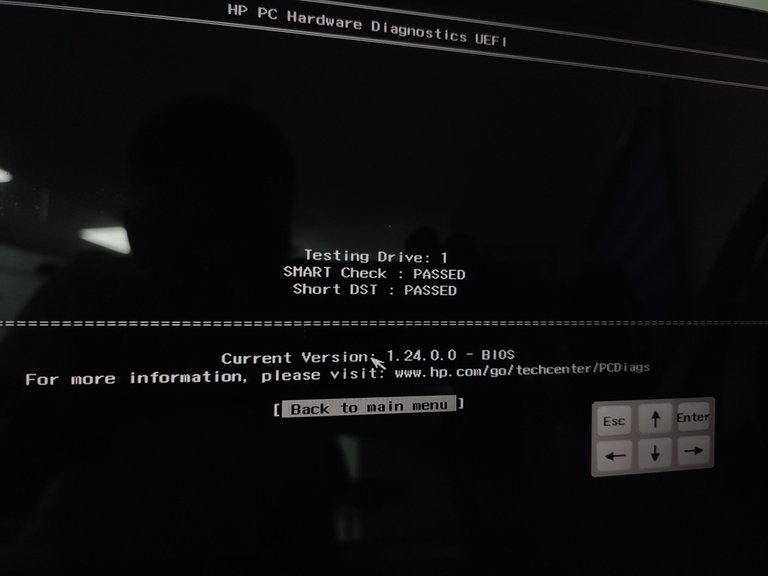
I needed a USB flash drive with at least 8 GB, an ISO file, and a way to load the ISO file into the USB drive and turn it into a boot device. An ISO file is like a digital copy of a CD or DVD disc packed into a single file. So instead of using a CD to load a new OS like in the old days, one could use an ISO file on a flash drive, like I was going to do.
To turn the USB drive into a boot device, I had to download the Windows 11 (or 10) from Microsoft and then Rufus to convert it into a bootable.

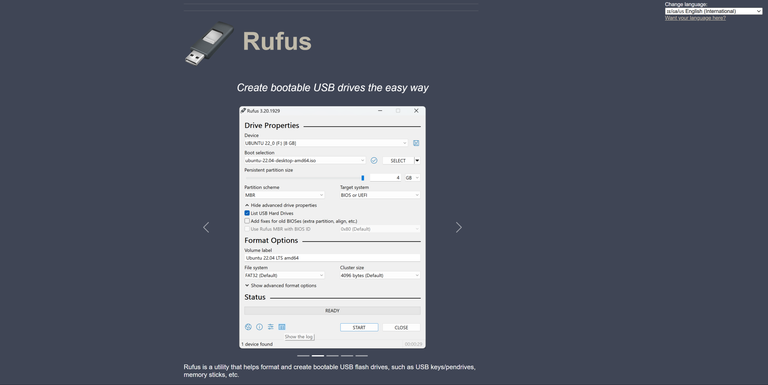
• Download Rufus -> https://rufus.ie/en/
I did this on a different laptop, by the way. And when the bootable USB was ready, I plugged it into the faulty laptop and restarted it (using the power button). And so I began the repair process.
When I tried "Repair my PC," however, it didn't work. It said that it couldn't. Then I had to go through Command Prompt to fix it internally. Long story short, it was a long road, but it worked. I had GPT guide me, by the way. I could have shared the chat, but I am unable to because I have uploaded images in it and GPT doesn't support sharing chats with user-uploaded images yet.
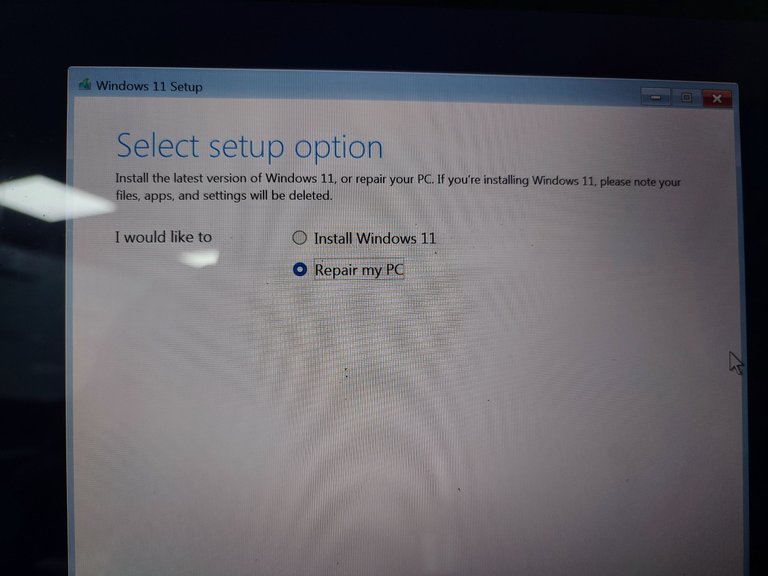
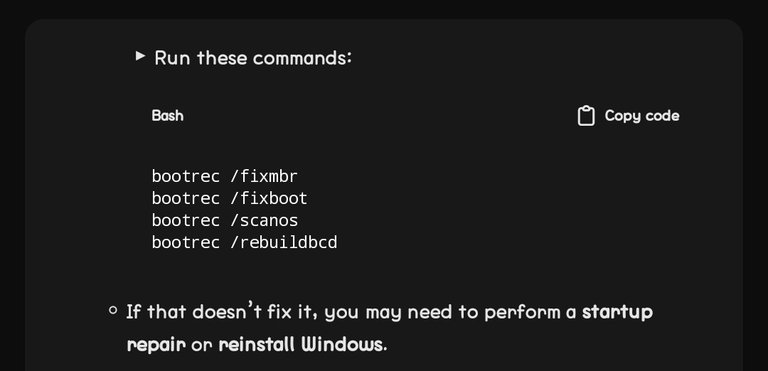
After a while going back and forth in the command prompt, I finally got OS fixed. But there was a new problem, and I only realized it when I tried to update it in Windows Update. It wouldn't update it because I had apparently made some changes. At this point, I was already almost frustrated because I had to go all the way into Command Prompt to fix and return the initial configuration.
I had trouble returning things back to normal, so I resorted to just reinstalling the OS instead of repairing it. It meant that I would lose my files and apps. Since I was already in, I first backed up what's left of my files. And so I had to use my boot device again.
Reinstalling the OS wouldn't work, however, and it was for the same reasons. I still had to return the initial configuration. That is, I had to change it from MBR partition style (which allowed me to repair the OS in the first place) to GPT (GUID Partition Table).
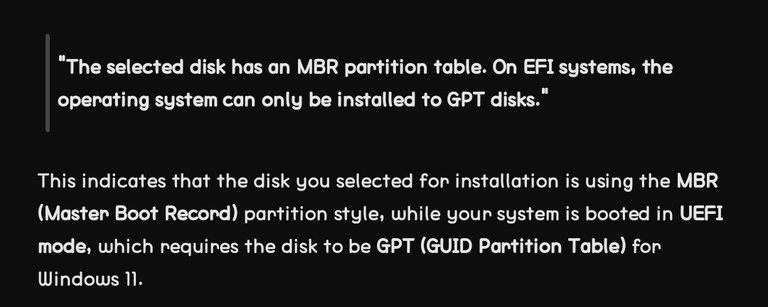
Reverting it wasn't so straightforward, however, but it was successful, thankfully. And then I just reinstalled Windows 11. Then everything was back to normal. Phew!
While I may have just gone in circles trying to solve this OS problem, I got to learn a lot in the process. I did risk worsening the situation by going deep with Command Prompt, but I could be confident with GPT by my side. I wouldn't recommend doing all of this if you're not at least used to using Command Prompt and understand technical jargon. Anyways, I saved myself a lot of money to pay someone else to do all I just did.
Images in this post belong to me
Boot device not found, happens to my PC a lot but I later discovered a trick, whenever I shake the laptop and on it again, it would starts working, the last time it happened was early this year but the shaking didn't work, so i took it to my engineer and he said my PC battery was damaged and yea that is true, it no longer has a back up... i had to change the battery to bring the PC back to life.
Your laptop was basically a desktop. If Nepa doesn't their thing, it's gone. Good it's back now. You have been so frustrated ehn
I read this post and understood a little and I am sure I will forget everything after a while. The good thing is your problem solved and you could some a lot of money of yourself.
All good, man. Thank you
My old system had a screen issue and I haven't enjoyed using it so I bought a new one (fairly used actually). It was sold out by a friend, I am also working on formating it within the week.
Chat GPT is really of good help. I am not sure I will be doing this myself anyway.
Congrats to you. My new PC wasn't brand new either, but it's powerful and works well. Enjoy yours when you format it.